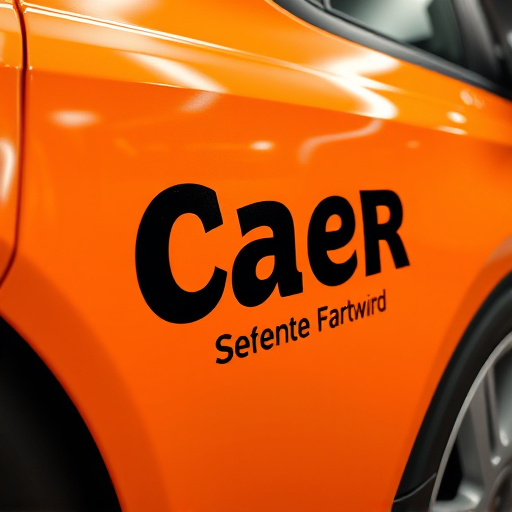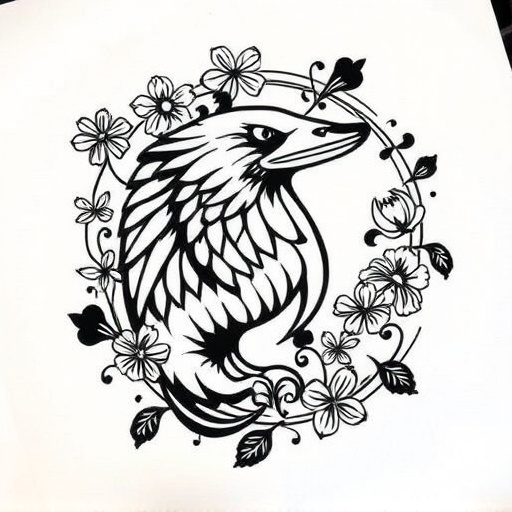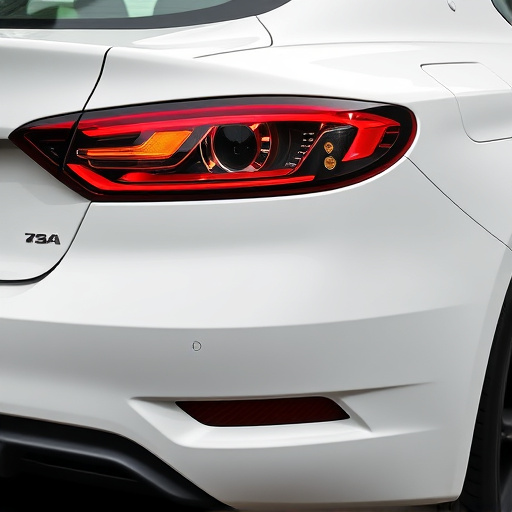Visual hierarchy in marketing materials design guides audience attention through contrasting elements, enhancing engagement and user experience. White space boosts readability and visual appeal, acting as a creative canvas for brand enhancement. Strategic color usage influences emotions, evoking specific psychological responses to resonate emotionally and guide actions.
In the realm of marketing materials design, layout plays a pivotal role in capturing and retaining audience attention. This article explores how strategic design choices, such as understanding visual hierarchy, leveraging white space, and employing color psychology, can significantly enhance engagement. By delving into these elements, marketers can create compelling visuals that not only attract but also foster deeper emotional connections with their target audience, ultimately driving better results in campaigns.
- Understanding Visual Hierarchy in Marketing Design
- The Role of White Space: Enhancing Readability
- Color Psychology: Unlocking Emotional Engagement
Understanding Visual Hierarchy in Marketing Design

In marketing materials design, understanding visual hierarchy is paramount to capturing your audience’s attention and guiding their gaze through the layout. It involves organizing elements in a way that establishes a clear sequence of importance, ensuring that the most crucial information or calls-to-action (CTAs) stand out while supporting content is effectively subtletized. This strategic approach mimics how our eyes naturally scan and interpret visual spaces, enhancing engagement and user experience.
Effective visual hierarchy in marketing materials design leverages contrasting colors, varying font sizes, spacing, and placement to create a path that leads the viewer’s eye. For instance, using protective coatings or paint correction techniques on printed materials can enhance the presentation of key messages by providing a sleek, scratch-free surface, thereby reinforcing the overall aesthetic appeal and professionalism of the marketing piece.
The Role of White Space: Enhancing Readability

In marketing materials design, white space isn’t just an empty void; it’s a strategic element that plays a pivotal role in enhancing readability and visual appeal. Often overlooked, this negative space acts as a breath of fresh air, allowing the eye to rest and enabling viewers to absorb the content more effectively. By carefully incorporating white space, designers can guide the reader’s gaze naturally through the material, ensuring key messages are not only seen but also understood. This subtle art helps in creating a sense of balance and order, making complex information more digestible.
Moreover, white space can serve as a canvas for creativity, highlighting key visuals or text elements. In the realm of vehicle wraps and paint protection film advertising, for instance, strategic use of white space can draw attention to brand logos or eye-catching graphics, enhancing overall impact. Similarly, in heat rejection materials, where designs often need to convey technical information clearly, white space ensures that crucial details stand out without overwhelming the viewer. Ultimately, understanding and leveraging white space is essential for crafting compelling marketing materials design that captivates audiences.
Color Psychology: Unlocking Emotional Engagement

Color plays a pivotal role in capturing attention and evoking emotions, making it a powerful tool in marketing materials design. Different colors stimulate various psychological responses, influencing how viewers perceive and interact with promotional content. For instance, warm hues like red and orange can create a sense of excitement and urgency, encouraging immediate action, while cooler tones such as blue and green convey calmness and trustworthiness, often associated with reliability and security.
In the realm of marketing materials design, strategically using color psychology can enhance engagement. High-quality finishes that showcase vibrant colors in brochures or digital advertisements can draw attention to a brand, making it memorable. Similarly, applying these principles to premium automotive service promotions can emphasize luxury and exclusivity, appealing to customers seeking top-tier vehicle protection. Effective use of color ensures that marketing efforts resonate emotionally, guiding potential clients towards desired actions, whether it’s scheduling a service or making a purchase.
In the realm of marketing materials design, understanding layout principles is paramount. From visual hierarchy to color psychology, each element plays a crucial role in capturing attention and fostering engagement. By leveraging white space for enhanced readability and strategically employing colors that evoke specific emotions, designers can create layouts that resonate with audiences. Ultimately, optimizing these aspects drives better results in marketing campaigns, ensuring your message not only stands out but also connects deeply with viewers.














